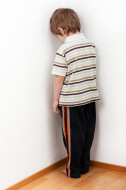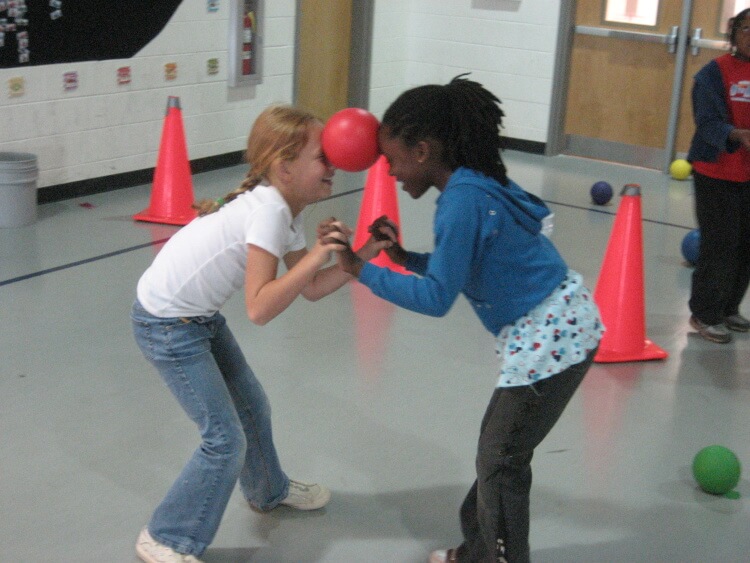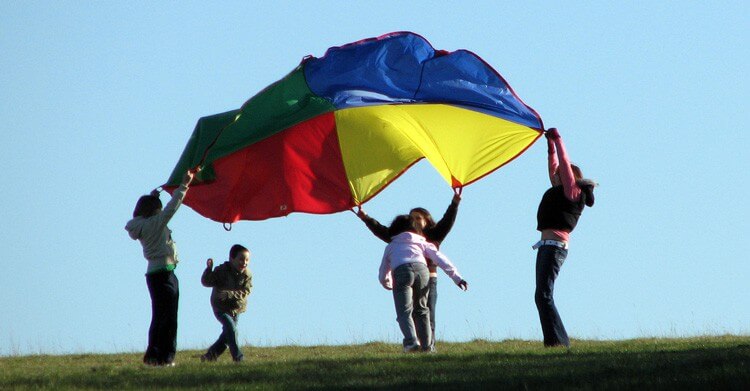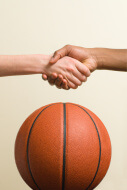When health and physical educators strive to teach students about active, healthy living, it becomes troublesome when there are unhealthy alternatives confronting them as they leave the school building. For example, what messages are students receiving if they can leave the gymnasium and at lunch time walk across the road to stores to purchase unhealthy food choices such as soda, chips and candy?

As schools move to become health-promoting environments and develop health literacy in students, it’s important to give students the knowledge of how to live healthy lifestyles. For years, vending machines have been placed in schools, perhaps even placed strategically in schools, so that students are sure to walk by them and be tempted to buy something. Similarly, stores often place snacks close to the checkout counters hoping that customers will be tempted to buy them, and food establishments often ask if customers want to add another food item to their order. These business style tactics to encourage purchasing can lead to unhealthy food choices or overeating.
The issue of vending machines, school concessions, fast food establishments, corner stores, prepackaged food items, etc. have been discussed and debated for some time. In this article, we’ll introduce you to an innovative and practical strategy aimed to help educate students and school communities on healthy food choices and support their health literacy.




